





Coloenteritis
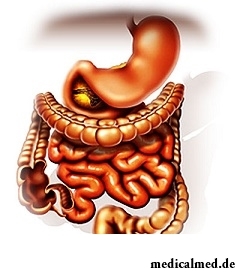
Coloenteritis call an intestines inflammation. This term has two components – enteritis, or an inflammation of a small intestine, and colitis, or an inflammation of a large intestine. As all intestines represent the reported tube, as a rule, there is no isolated colitis or the isolated enteritis as the process which began in one department inevitably extends to another. At early stages of a disease, however, both limited enteritis, and limited colitis are possible, however it is not of great importance as the complex of medical measures is directed to treatment of a coloenteritis in general for treatment.
The coloenteritis the most widespread disease of digestive tract, especially often occurs a coloenteritis at children. Probably there is no person who would not be influenced by coloenteritis symptoms in an acute form. It is what in the people is called "gastric disturbance" or "poisoning with stale products".
Coloenteritis reasons
There is a lot of reasons of a coloenteritis. Frequent it is the infection getting into an organism with substandard products or contaminated by ware, hands, water. Coloenterites at children most often happen bacterial, and arise because of hygiene violation of the rules as the child (a licking of dirty fingers, eating of dirty fruit), and its environment (mass flashes of a coloenteritis in child care facilities because of cooking violation of the rules).
Any factors breaking activity of intestines from mechanical (the refined food leading to locks and developments of stagnation in a mucous membrane of intestines) to toxic (for example, poisoning with medicines) can become the reason of a coloenteritis.
Types of a coloenteritis
On character of a current allocate an acute and chronic coloenteritis.
In the location allocate the localized or generalized forms:
- enterita;
- colitis;
- coloenterites.
About an origin distinguish the following types of coloenterites:
- Infectious a bacterial origin, caused by intestinal infection: pathogenic strains of escherichias, salmonellas, shigellas, cholera vibrio, staphylococcus, etc. Staphylococcal coloenterites occur at children of newborns and chest age most often;
- Infectious parasitic origin. Causative agents of amoebic dysentery, intestinal helminths of all types, trichomonads, lyambliya, etc. are the reason of parasitic coloenterites;
- The coloenteritis which developed owing to dysbacteriosis. One of the most frequent types of colitis;
- Toxic coloenterites. This group of diseases is called by hit on a mucous membrane of intestines of toxic substances: drugs, poisons, including those which contain in substandard food stuffs;
- The mechanical coloenteritis caused by traumatizing a mucous membrane of intestines, as a rule, an injury is caused by the condensed congestive fecal masses at a chronic lock;
- The alimentary coloenterites arising at constant rough errors of food, unbalanced food;
- The secondary coloenterites arising as one of symptoms of other, basic disease. For example, the coloenteritis accompanying cholecystitis which is formed owing to bile outflow disturbance.
Coloenteritis symptoms
Coloenteritis symptoms in an acute form: a diarrhea, the cutting abdominal pain, nausea, sometimes vomiting.
The diarrhea can be from 2-3 (enteritis) to 10 times a day and more (colitis). At an infectious coloenteritis symptoms of intoxication accompany a disease: temperature increase (38 °C and above), fever, weakness, headache.
The acute coloenteritis at children can be followed by considerable deterioration in the general state, up to a loss of consciousness and spasms as at children quickly there comes dehydration intoxication is stronger expressed.
The chronic coloenteritis has symptoms similar, but in less expressed form and more various. As well as at an acute form of a disease, the chronic coloenteritis is characterized first of all by disturbance of a chair. Most often it is a diarrhea or alternation of ponos with locks, locks are more rare. The abdominal pain is also present, but less sharp, as a rule, pain amplifies before defecation.
Symptoms of a coloenteritis chronic are always followed by symptoms of dyspepsia: nausea, an eructation, a meteorism, owing to deep disturbance of digestive function. Also general state suffers, integuments gain unhealthy pale grayish color, nails become fragile, hair dim, increased fatigue, weakness, disturbances of concentration, memory and a dream are observed. In such state the patient is subject to various infectious diseases as immunity decreases.
Diagnosis of a coloenteritis
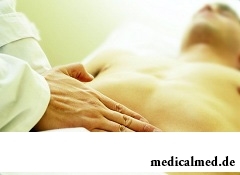 Diagnosis of a coloenteritis usually does not cause difficulties and is carried out generally for the purpose of specification of a cause of illness, and also for an exception of other reasons of an acute abdomen in case of an acute coloenteritis.
Diagnosis of a coloenteritis usually does not cause difficulties and is carried out generally for the purpose of specification of a cause of illness, and also for an exception of other reasons of an acute abdomen in case of an acute coloenteritis.
The diagnosis is made on the basis of studying of symptoms of a coloenteritis (collecting the anamnesis), laboratory blood analyses and a calla (koprogramma), and also tool researches of intestines.
The most informative are the kolonoskopiya (the endoscopic method of studying of a mucous membrane of intestines, helps to define colitis) and X-ray inspection of intestines using X-ray contrast substance.
Treatment of a coloenteritis
Approach to treatment of a coloenteritis chronic and acute differs a little.
Treatment of a coloenteritis acute consists first of all in creation of rest for the affected intestines and liquid loss completion. For this purpose appoint a hungry pause at least to days during which plentiful drink of pure still water and sweet tea is offered to the patient. After days, at decrease in expressiveness of symptoms of a coloenteritis, add liquid rice or oat porridges, then croutons from white loaf to a diet. After gradually add new products, giving preference to the easy wiped thermally processed food. For the purpose of the termination of a diarrhea antidiarrheal means, such as Immodium or Smekta, but only on doctor's orders can be applied. In a remission phase treatment of a coloenteritis in an acute form consists in recovery of a normal indestinal flora for what a probiotics and prebiotics are appointed.
Treatment of a coloenteritis infectious demands use antibacterial or antiparasitics which are appointed after identification of the activator.
Treatment of a coloenteritis chronic consists in elimination of a cause of illness. The infectious agent is eliminated if that is found, the mode and a food allowance are normalized, the diet adjusting food errors is appointed. As often chronic coloenteritis is caused by other, primary disease, take measures for its treatment. In case of treatment of a coloenteritis chronic it is also important to eliminate always the dysbacteriosis accompanying it for what prebiotics and a probiotics are appointed.
Treatment of coloenterites often demands hospitalization from children, in view of big danger of a disease to a children's organism.
If your liver ceased to work, death would come within a day.

Deciding to get rid of an addiction, not all imagine what effects it is necessary to face. Process of refusal from ку...
Section: Articles about health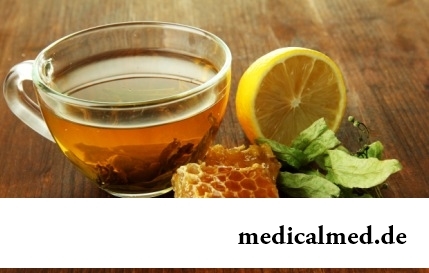
Cold – a state known to everyone which is followed by cold, cough, high temperature, a pharyngalgia. Often the first that we begin to do in hope again to become healthy – to accept medicines which are not always harmless, then...
Section: Articles about health
The varicosity has familiarly many, statistically, this disease more than a half of all adult population. As a rule, the varicosis affects preferential superficial vessels, and is shown by characteristic cosmetic defects. The deep vein thrombosis as this illness at the initial stages can imperceptibly proceed is represented much more dangerous, and in the started cases threatens with serious danger – thrombosis. This state, when the blood clot formed...
Section: Articles about health
High temperature - a frequent symptom of such widespread diseases as a SARS, quinsy, pneumonia, etc. To reduce heat, облег...
Section: Articles about health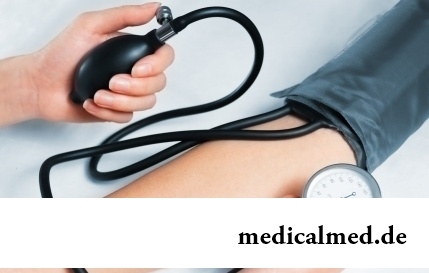
Stroke (acute disorder of cerebral circulation) – one of the most widespread neurologic diseases. Annually in the world more than 6 million people die of this illness. From the survived patients about 80% become disabled people, and nearly a thirds from them впо...
Section: Articles about health
For most of the working people the problem of having a snack is particularly acute enough. Sooner or later there is a question: what can be eaten quickly between a breakfast and a lunch or a lunch and leaving from service so that to receive necessary power feed, but not to overload an organism with harmful components or excess calories? We bring to your attention the list of products which quite conform to these requirements....
Section: Articles about health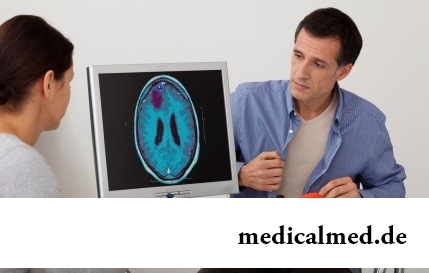
"Epilepsy" doctors made the diagnosis in antique times. Displays of an illness and pattern of its development are very well studied. Odes...
Section: Articles about health
The main role in development of a peptic ulcer of a stomach and duodenum the bacterium Helikobakter plays pilor. Activity and the strengthened reproduction of this microorganism lead to weakening of protection of mucous membranes and their erosive damage. Manifestations not...
Section: Articles about health
A lot of things depend on a condition of a backbone in a human body, a backbone - not only a support for a body, it also a receptacle for a spinal cord, that is why malfunctions with a backbone are so dangerous. To treat rachis diseases very difficult and long, it is much simpler and more correct not to bring to a disease. Conforming to the rules provided in this article it is possible to avoid the majority of the problems connected with a backbone including those which are considered to be age, but a cat...
Section: Articles about health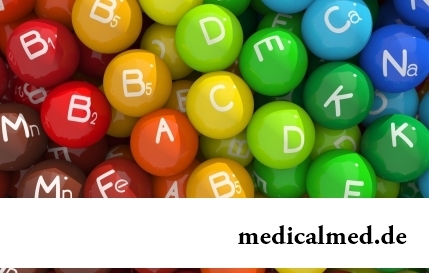
Vitamin complexes belong to the most popular drugs, probably, in our country there is no person who was not hearing about a floor...
Section: Articles about health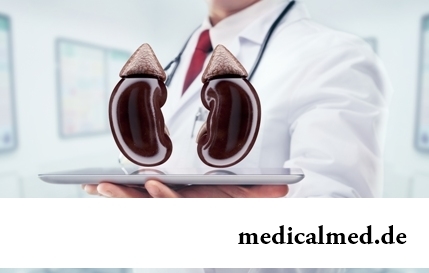
Kidneys perform the most important function of clarification of blood from those products of metabolic processes which cannot be used by an organism for obtaining energy and construction of new cells. With the urine produced by kidneys from a body of the person bulk is removed...
Section: Articles about health
One of the useful properties presented to the person by the nature is ability to feel fear. This ability is designed to signal about approach of a dangerous situation and to help to avoid in advance it to keep life. However if the fear is persuasive and is not reasonable, it can seriously limit possibilities of the person in respect of socialization and self-realization. Such pathological fear is called a phobia....
Section: Articles about health
Small appetite at the child – the complaint which pediatricians should hear practically from each mother. Most often it is carried to разр...
Section: Articles about health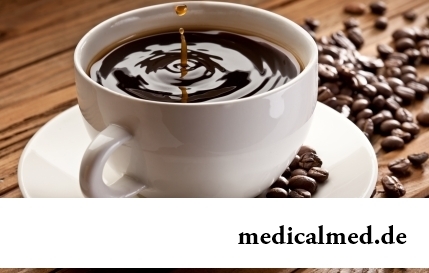
Coffee – favourite drink of many. For the last decades it more than once already declared very harmful, extremely useful and even necessary for normal life activity. In spite of the fact that this product became for us usual for a long time, exists much...
Section: Articles about health
Healthy lifestyle today in fashion, and many parents think of that the child from the early childhood played sports. Trainings will help it to become strong and hardy, will improve coordination of movements, and also will exert positive impact on mentality: it will become more collected and purposeful....
Section: Articles about health
The body of the person almost for 60% consists of water. It is so important for normal functioning of an organism that loss of all is ponut...
Section: Articles about health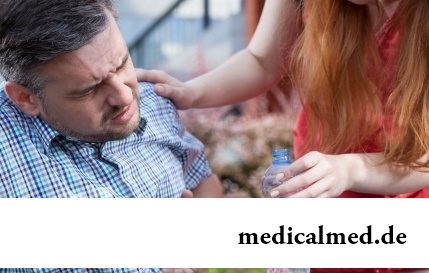
Each of us faces from time to time that other people need the immediate help. We react to it differently: one at once call doctors and police, others rush to victims and try to save them independently. Some at all...
Section: Articles about health
Almost each of us during life faced dissatisfaction with own body. At such moments, as a rule, we begin to shame ourselves, urgently we go on the most rigid diet promising minus of 10 kg in a week, or we exhaust ourselves in the gym to almost death. As a rule, similar attempts come to an end with a campaign to the refrigerator for jamming of the next stress. Further history repeats itself with individual frequency....
Section: Articles about health
When overcomes feeling of hunger, and an opportunity to have dinner fully is absent, having a snack − small on volume comes to the rescue...
Section: Articles about health
All got used long ago that, having addressed the plastic surgeon, it is possible to modify natural parameters of a figure or to minimize the damages put to appearance with ruthless time. Many people (preferential women) worldwide е...
Section: Articles about health
Tuberculosis – a serious infectious disease which development is caused by mycobacteria (Koch's bacilli). The illness is known from an extreme antiquity. Long time fight against it was considered as ineffective. Quite often the disease affected the whole families, and mortality from it was very high. It became the reason of emergence of a set of delusions concerning transmissibility and a possibility of treatment of tuberculosis....
Section: Articles about health
Some people consider what for medicine of the 21st century of secrets in the field of health of the person almost does not exist. It absolutely not so. Than Bol...
Section: Articles about health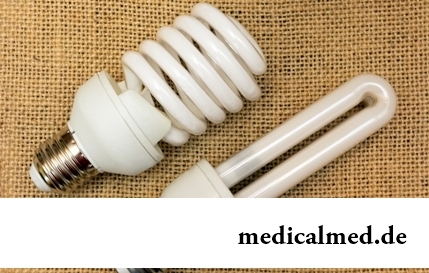
Energy saving lamps are one of the most popular products of innovative technologies, and there is no wonder: they much more economic also are more long-lasting than usual filament lamps. At the same time there are fears that energy saving bulbs can become the reasons...
Section: Articles about health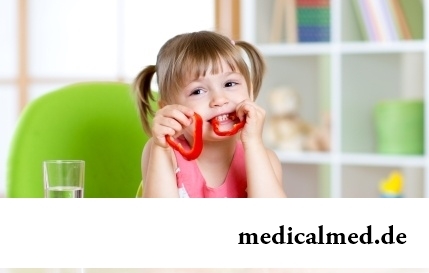
Reactive pancreatitis - the disease which is characterized by inflammatory process in a pancreas which arises most often because of excess activity of digestive enzymes. It − the emergency state which treatment has to take place in surgical department under control of doctors. The acute inflammation of gland can become the reason of its transition to a chronic form, and also development is purulent - necrotic pancreatitis which the extensive necrosis of fabrics can follow. Zabolev...
Section: Articles about health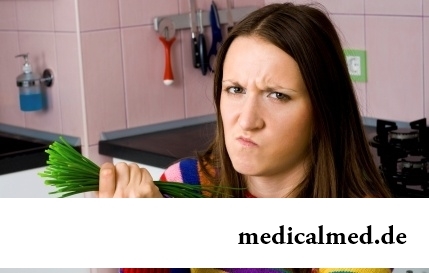
The metabolism at each person proceeds in own way. However dependence between the speed of this process and disposal from superfluous in...
Section: Articles about health
Scientists always aimed to offer fundamental explanations for medical problems. Their theories formed the basis of modern methods of treatment of the hardest pathologies and helped to save a set of lives. However stories are known also such theoretical constructions, following to...
Section: Articles about health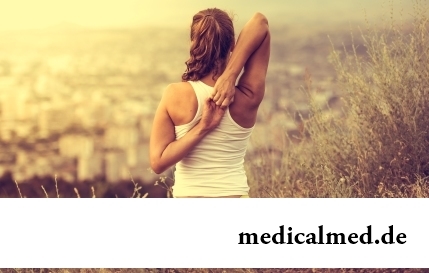
Each of us repeatedly noticed that the people having the same passport age are sometimes not similar on one-years at all. One at the age of 40-45 years already looks almost an old man, and another and in 60 is young, vigorous and full of life. The matter is that the condition of our health depends not on the number of the lived years, and on degree of safety of an organism. This factor also defines biological age of the person....
Section: Articles about health
